12 March 2025
Let’s face it—what truly makes a game unforgettable? Is it the jaw-dropping landscapes, the adrenaline-pumping combat, or the intricate storyline? Sure, those are essential pieces of the puzzle, but the heart and soul of any great game lies in its characters. Whether it’s the snarky anti-hero with a tragic past or the bubbly sidekick who keeps you smiling, memorable characters stay with us long after we’ve put the controller down.
But here’s the thing: creating an unforgettable character isn’t just about slapping on some cool armor or giving them epic one-liners. It’s about balance—finding that sweet spot between their design and their personality. You can’t have one overpowering the other; they need to complement each other like peanut butter and jelly. So, how do you nail that balance? Let’s dive in.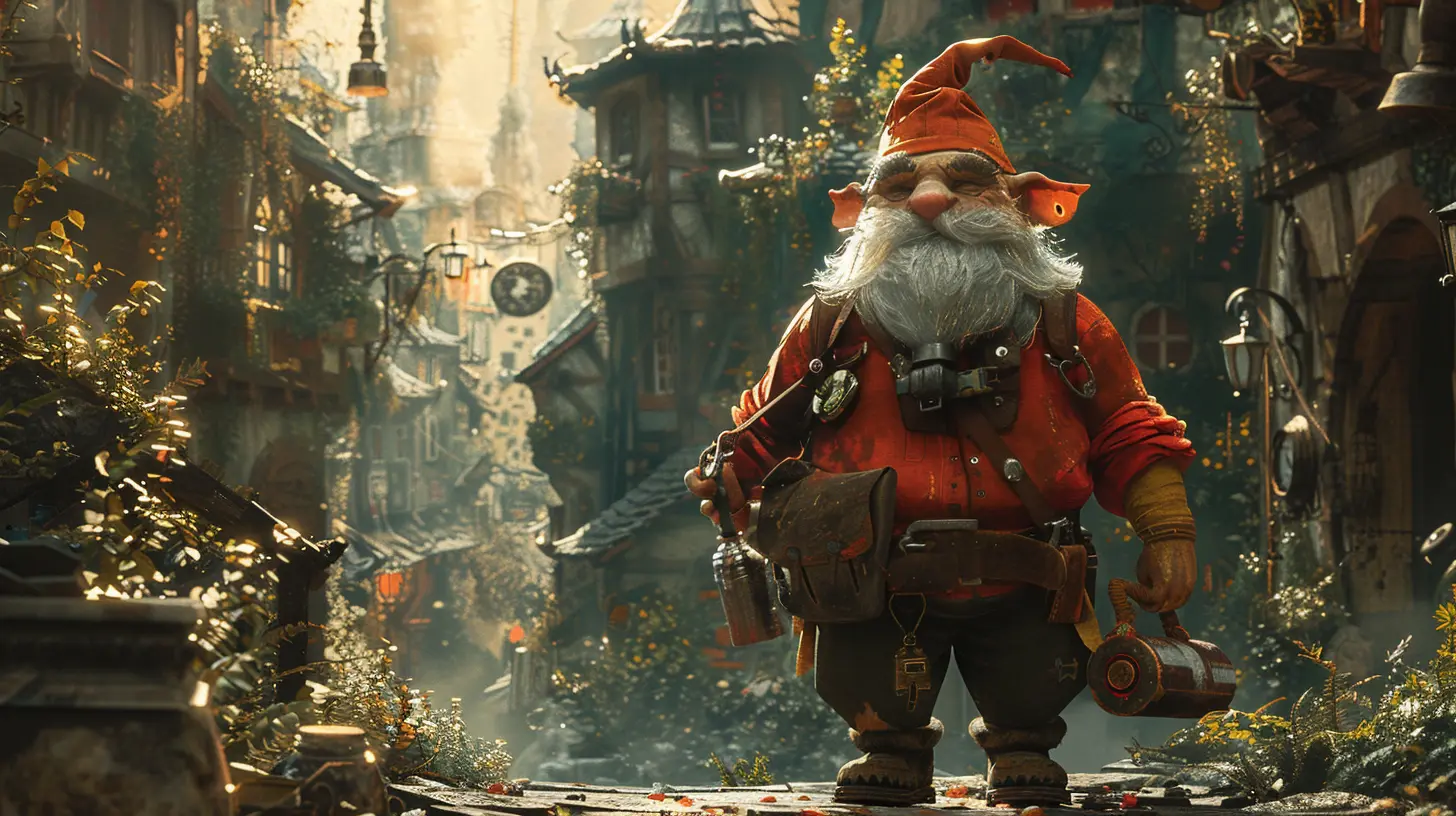
First Impressions Matter: Design That Speaks Volumes
You’ve heard the saying, “Don’t judge a book by its cover,” right? Well, gamers absolutely judge characters by their design. It’s the first thing we notice, and honestly, it sets the tone for how we interpret their entire personality. A character’s appearance is like their handshake—it needs to be firm, confident, and instantly memorable.Appearance Isn’t Just About Looks
Design goes beyond just making a character “look cool.” It’s about storytelling through their appearance. Think about Geralt from The Witcher—his rugged scars, piercing yellow eyes, and worn leather armor scream, “I’ve seen some stuff.” Without uttering a single word, his design tells us he’s been through battles, faced monsters, and probably has a complicated past. That’s the kind of design that grabs attention.On the flip side, design should be functional. If you’re creating a stealthy assassin, they’d probably avoid wearing neon green armor, right? Their look should align with their role in the game world. When design clashes with personality or purpose, you end up confusing players instead of immersing them.
Signature Features Stick
Ever notice how iconic characters have a signature feature? It could be a specific color palette (think Mario’s red cap and overalls) or a unique accessory (like Cloud’s oversized Buster Sword). These elements not only make them recognizable but also give players something to latch onto emotionally. A well-thought-out design feels intentional—it’s not just random pieces slapped together.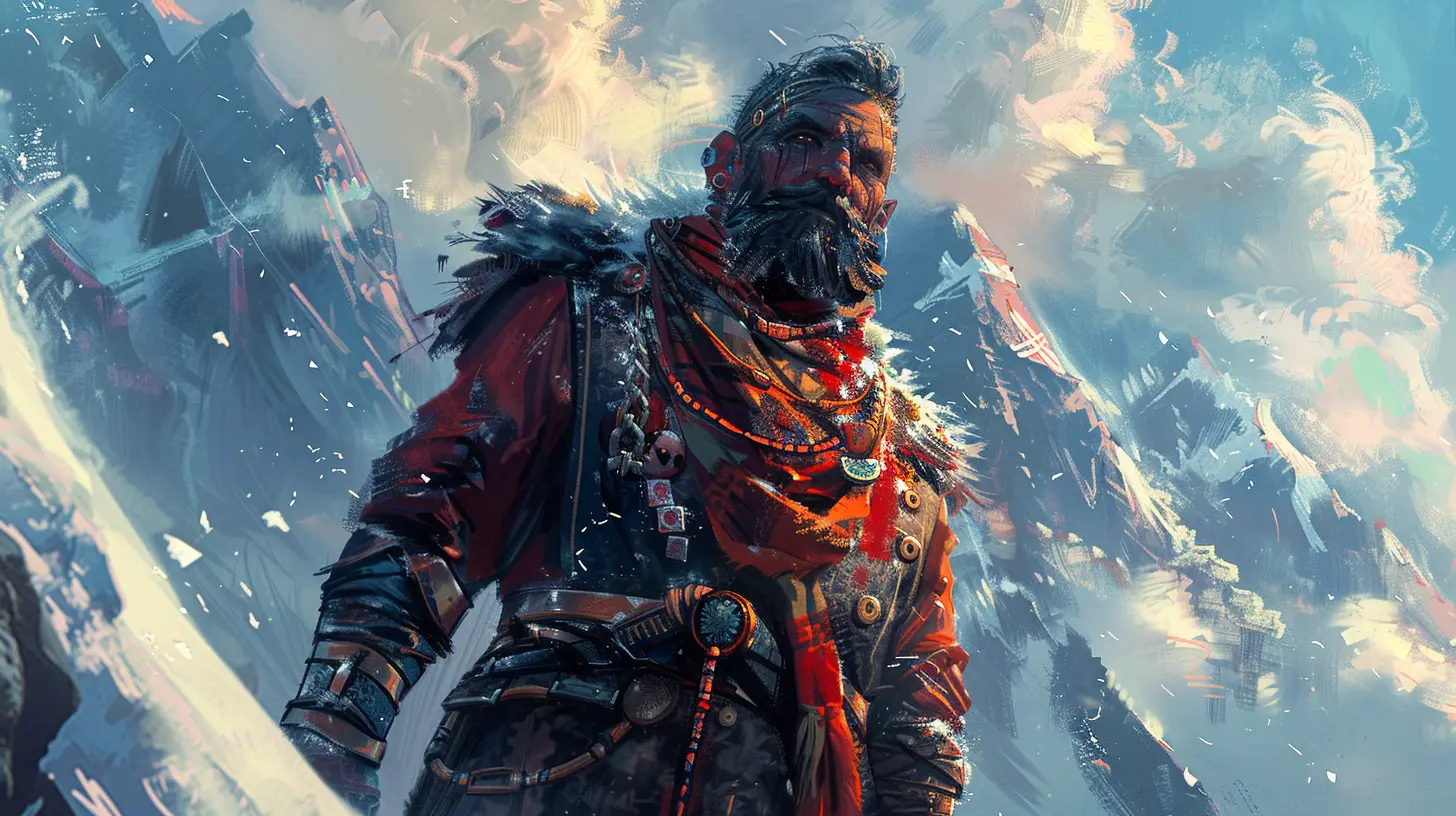
Personality Brings the Design to Life
A character with great design but zero personality is like an empty shell—pretty to look at but ultimately meaningless. Personality is what breathes life into that design. It’s what makes us feel connected to them, root for them, and sometimes even cry when they meet their untimely demise (RIP, Aerith).Writing Relatable Backstories
No one wants a cardboard cutout of a character (looking at you, generic NPC #27). Players crave depth. Giving a character a backstory—one that’s either relatable or intriguing—is how you hook the audience. Maybe they grew up in poverty, fighting for survival, or maybe they’re on a quest for revenge after losing a loved one. Backstories add layers of complexity, making characters feel more human (or, you know, relatable, even if they’re an alien).But don’t overdo it. No one wants to sit through a 30-minute monologue about a character’s childhood trauma. Sprinkle in their backstory through dialogue, cutscenes, or environmental storytelling. Let players piece it together like a puzzle.
Personality Quirks Are Gold
The devil is in the details, and quirks are where the magic happens. It’s the little things that make a character stand out—the way they tap their foot impatiently, their habit of cracking bad jokes, or their fear of something seemingly trivial, like spiders or balloons. Quirks make characters unique and human (even if they’re a robot or a dragon). They show us who a character truly is without spelling it out.Take Claptrap from Borderlands, for example. He’s a quirky, chatty robot who’s equal parts annoying and lovable. His personality adds flavor to the game and balances out his simplistic design. Without his over-the-top antics, he’d fade into the background.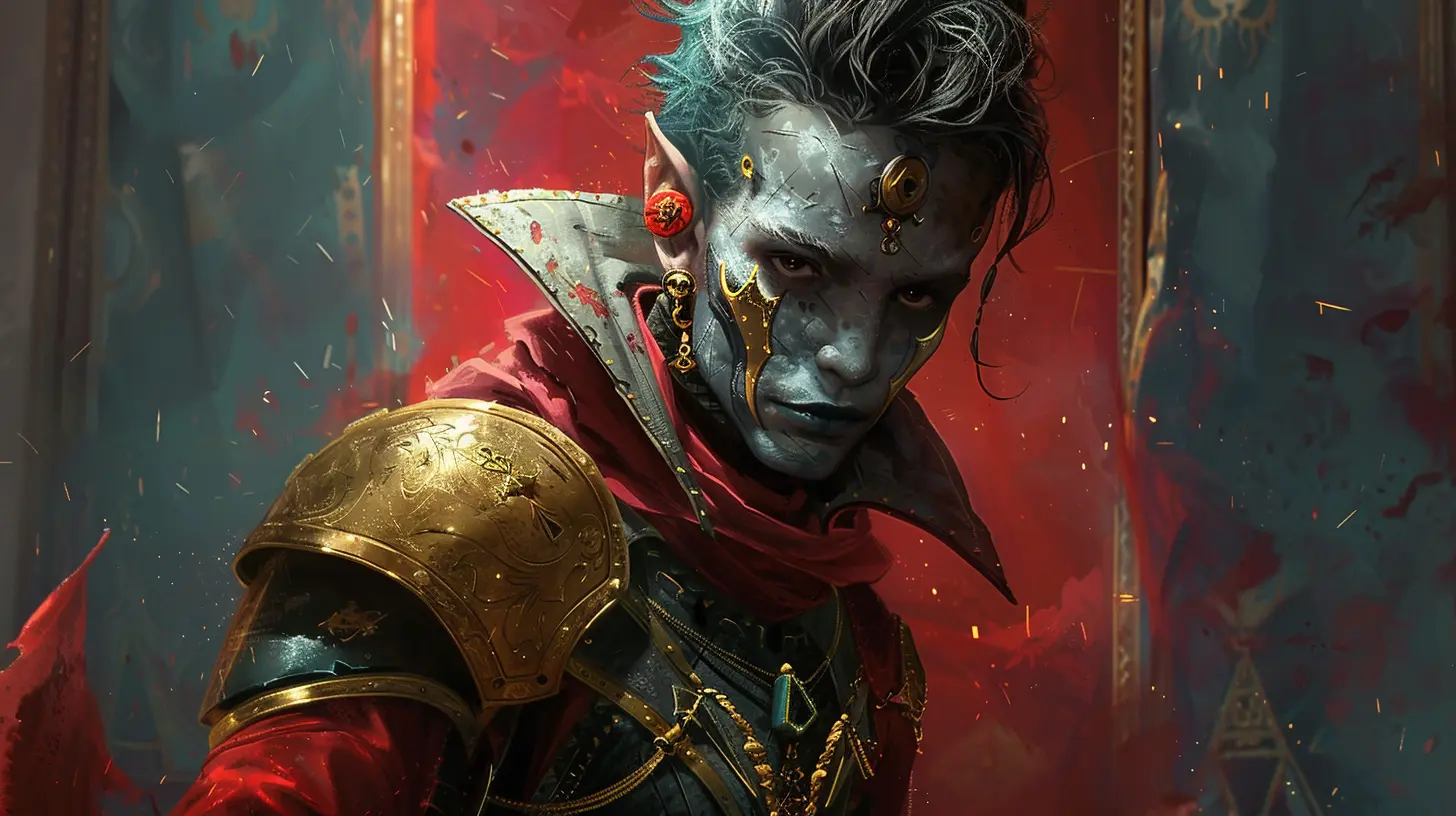
The Art of Balancing Design and Personality
Okay, so we’ve established that both design and personality are important. But here’s the kicker—it’s not enough for each to stand alone. They need to work together seamlessly. Let’s break it down.Harmony Over Competition
Imagine this: you’ve got a breathtakingly-designed character with intricate armor, glowing eyes, and an aura of mystery. But then they open their mouth, and… nothing. They’re bland, cliché, and forgettable. Or, flip the script—a character with a killer personality but a design so generic you can’t even remember what they look like two seconds later.In both cases, the balance is off. A memorable character needs to feel cohesive—like their design and personality are telling the same story. A no-nonsense mercenary wouldn’t wear clown makeup (unless they’re meant to; shoutout to Kefka from Final Fantasy VI). Every aspect of the character should reinforce who they are.
Player Connection Is Key
Ultimately, your goal should be to make players care. When your character’s design catches their eye and their personality reels them in, you’ve got a winning combo. Think about Ellie from The Last of Us. Her tomboyish design—hoodie, jeans, and Converse—mirrors her no-frills, resourceful personality. Everything about her feels authentic, which is why players adore her.Games are interactive by nature, which means players spend hours with these characters. The more they connect with them, the more invested they become in the game. That’s why getting this balance right is so critical.
Avoiding Common Pitfalls
Even the best intentions can go sideways if you’re not careful. Here are some common mistakes to watch out for when crafting your characters.Overdesigning to the Point of Distraction
Yes, flashy characters can grab attention, but if their design is too “busy,” it can backfire. Layering too many elements—like a dozen belts, glowing tattoos, and five different weapons—can overwhelm the player. Keep it clean and purposeful. Every design choice should serve a function.One-Dimensional Personalities
On the flip side, don’t rely on stereotypes when fleshing out personalities. The brooding loner, the bubbly cheerleader, the grizzled veteran—they’ve been done to death. Add layers. Give your characters contradictions. Maybe your grizzled veteran secretly loves knitting. Surprising details are what make characters memorable.Why Memorable Characters Matter
At the end of the day, creating memorable characters isn’t just about making your game look good—it’s about creating an emotional experience. Characters are the bridge between the game and the player. They’re the reason we keep coming back, the reason we scream at our screens, and the reason we feel a lump in our throats when the credits roll.When done right, characters transcend the game itself. They become cultural icons. Think about it—Lara Croft, Master Chief, Kratos—they’re more than just game characters. They’re legends. And that’s the power of nailing the balance between design and personality.
Wrapping It Up
Crafting memorable characters is an art—a delicate balance between visual design and personality. It’s about making characters that feel real, relatable, and larger than life all at the same time. And sure, it might seem daunting, but when you strike that balance, it’s pure magic. The gaming world is filled with unforgettable faces and stories, and yours could very well be next in line.So go ahead—design your character like their life depends on it, and give them a personality that makes players laugh, cry, and cheer. Because those are the characters players never forget. And isn’t that what every creator dreams of?

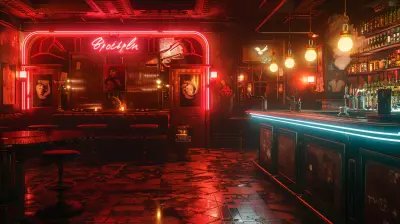

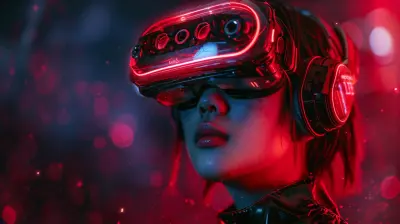

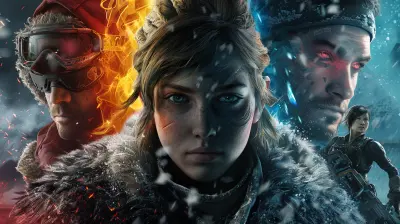

Leah Baxter
Memorable characters aren't just designed; they resonate. A perfect blend of stunning visuals and rich personality creates icons. Let's push boundaries—good design alone won't make a character unforgettable. It's the depth that lingers.
April 3, 2025 at 2:34 PM